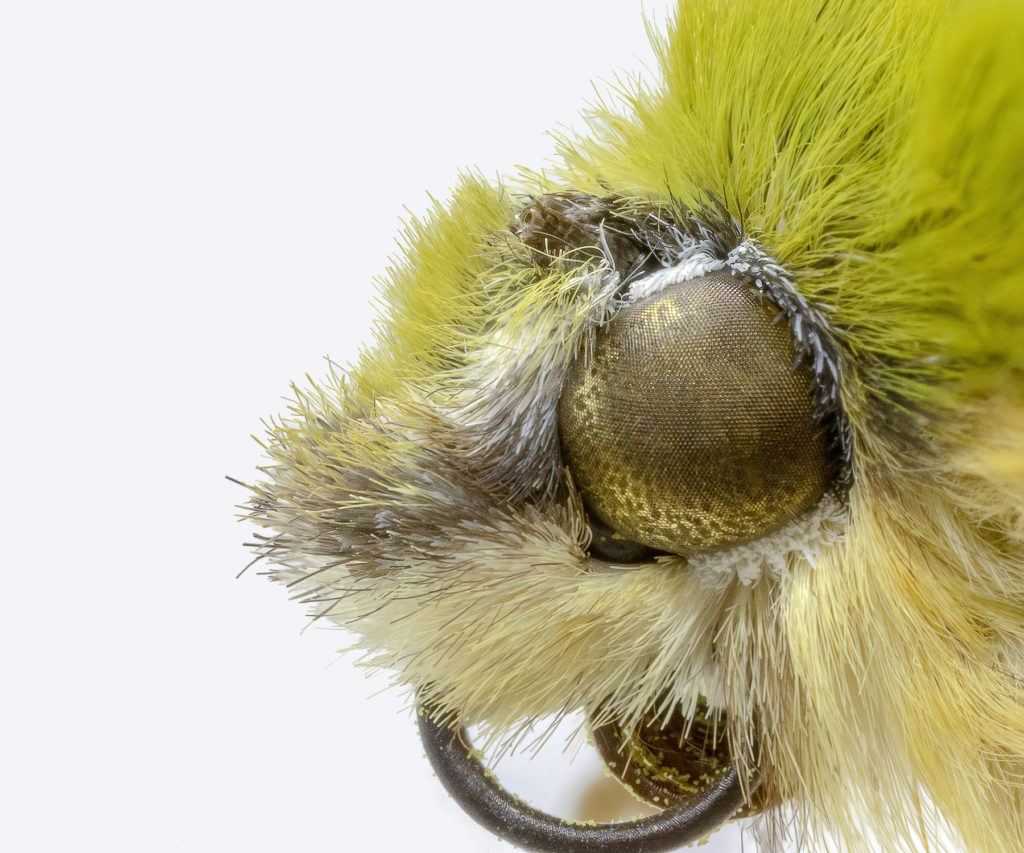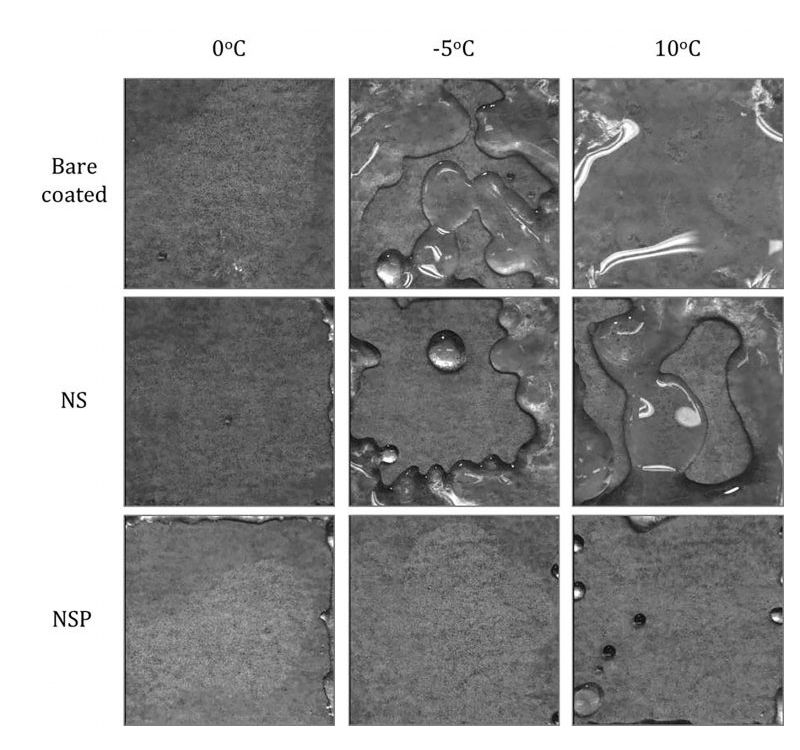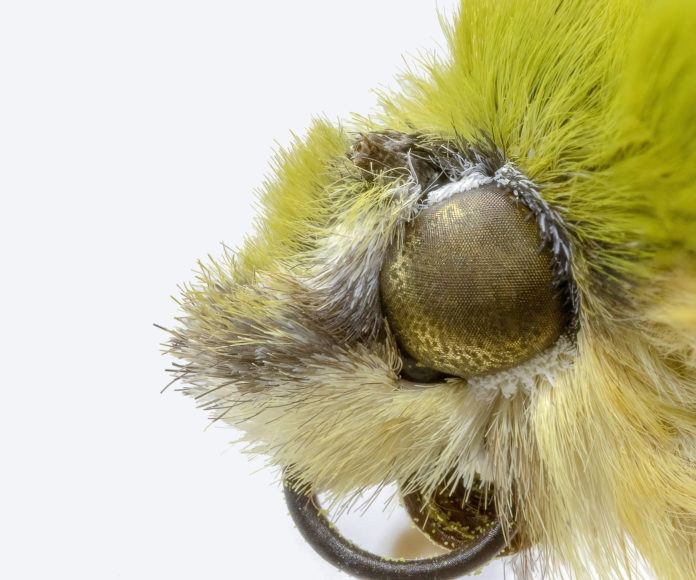
Image Credit: Ian Lindsay
Moth eye has inspired many technological advances. Its nanoscale bump coating is so special, it absorbs almost all light coming its way. Owing to those morphological and functional properties, things like, X-ray techniques, Solar cells and Smartphone screens that minimises the glare were built.
Technologies that were inspired by nature is not new. With many research-attempts are being made to join technology and nature forces together, this discovery comes in a very timely and applicable manner. Scientists in Vietnam have created a new type of transparent anti-icing surface inspired by The Moth’s eye. This could be used effectively on aircraft surfaces and other vehicles/ ship surfaces that work on colder and harsh environments.
Scientists used Quartz, a Silicon-based transparent mineral to create a sophisticated structure similar to the Moth’s eye. It was then coated in paraffin wax which makes it separate from colder and humid conditions.
According to Nguyen Ba Duc, the main author in the study, “We evaluated the anti-icing properties of this unique nanostructure covered with paraffin in terms of adhesion strength, freezing time and mimicking rain sustainability,”

CREDIT: Nguyen Ba Duc
The new structure (NSP) was tested alongside two other structures, a bare-coated one and a superhydrophobic nanostructure surface. According to the observations, the new surface aced on those tests better than its competitors. The paraffin wax coat supported by repelling both water droplets and ice formation on the surface. Researchers believe that the tiny air bubbles trapped inside the nanostructure may have contributed to the delay of heat transfer which resulted in delayed freezing time.
According to the study published in the journal, AIP Advances, the novel structure may suitable for more applications like eyeglasses where anti-reflection and transparency plays a big role.

